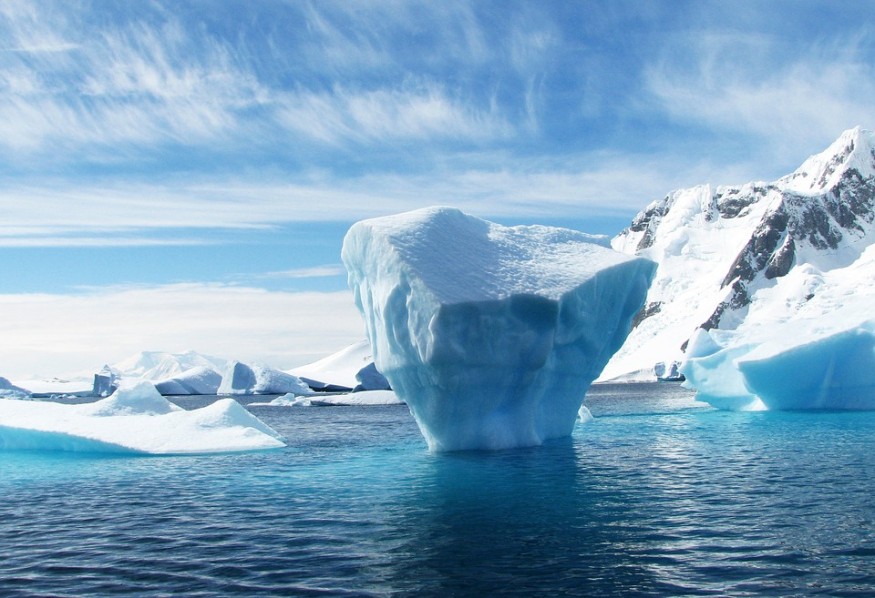An estimate of 28 trillion metric tons of ice has been lost since the mid-1990s. The rising global temperatures helped sped up the melting of sea ice, ice sheets, and glaciers.

According to a new study published in the journal "The Cryosphere," the annual melt rate has jumped 57 percent in the past three decades, the research found, from 800 billion metric tons per year in the 1990s to 1.2 trillion tons today.
"It was a surprise to see such a large increase in just 30 years," lead author Thomas Slater, a glaciologist at Leeds University in Britain, told Reuters.
Slater and his colleagues estimated the following ice losses from 1994 to 2017: 7.6 trillion metric tons of Arctic sea ice, 6.5 trillion tons from Antarctic ice shelves, 6.1 trillion tons from mountain glaciers, 3.8 trillion tons from the Greenland ice sheet, 2.5 trillion tons from the Antarctic ice sheet, and 900 billion tons from Southern Ocean sea ice. Some 58 percent of the ice loss occurred in the Northern Hemisphere and 42 percent in the Southern.
During the same period, ice loss from the Antarctic and Greenland ice sheets and mountain glaciers raised the global sea level by 1.36 inches.
"The ice sheets are now following the worst-case climate warming scenarios set out by the Intergovernmental Panel on Climate Change," Slater said in a statement. "Sea level rise on this scale will have very serious impacts on coastal communities this century."
The study did not examine permafrost, river ice, or lake ice, though the authors did write that "these elements of the cryosphere have also experienced considerable change over recent decades."
Related Article : Ocean's Anti-Heat Layer Continues to Thin, Resulting to Warmer Water
Cause of Massive Ice Loss
About two-thirds of the ice loss was caused by the warming of the atmosphere, with about a third caused by the warming of the seas.
Over the period studied, the rate of ice loss accelerated by 57%, the paper found, from 0.8tn tonnes a year in the 1990s to 1.2tn tonnes a year by 2017. About half of all the ice loss was from land, contributing directly to global sea level rises. The ice loss over the study period, from 1994 to 2017, is estimated to have raised sea levels by 35 millimeters.
The greatest ice quantities were lost from floating ice in the polar regions, raising the risk of a feedback mechanism known as albedo loss. White ice reflects solar radiation back into space - the albedo effect - but when floating sea ice melts, it uncovers dark water, absorbing more heat, speeding up the warming further in a feedback loop.
Glaciers showed the next biggest loss of ice volume, with more than 6tn tonnes lost between 1994 and 2017, about a quarter of global ice loss over the period. The shrinking of glaciers threatens to cause both flooding and water shortages in some regions. As large volumes melt, they can overwhelm downstream areas, then shrunken glaciers produce less of the steady water flow needed for agriculture.
Government agencies and scientific institutions all over the world are working hard to look for ways to mitigate the effects of global warming and balance global temperature to ensure that global ice loss will be lessened.
For more environmental news updates, don't forget to follow Nature World News!
© 2025 NatureWorldNews.com All rights reserved. Do not reproduce without permission.





